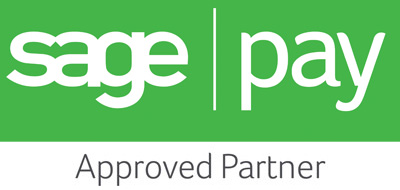Who likes internal links?
It may have been a while since you last picked up a reference book to find information. In an age where information is literally at our fingertips whenever we want it, the skill of book-based research is dwindling, but there is an important lesson to learn from the way traditional reference books work.
When you pick up an encyclopaedia or a subject-specific book the first action we take is to check the index for the topic we want. The clarity and ease of use of the index determines whether we keep looking in that book or whether we pick up a new one, and it's the same for website browsing. If we can't easily find the information we need, we'll try a different site.
What is it that sets a great reference book (or website) apart from the rest? It's the quality of the index (or, for websites, the ease with which we're led from one piece of information to another relevant piece of information).If we see “see also...” in an index entry this is really useful, as we are immediately signposted to information that is relevant to our query. On a website, if we see hyperlinks to information that is relevant we will click through and read on, increasing the amount of time we spend on the site and reinforcing the positive impression we form when our question is answered.
The key to making your website an excellent reference source (and to enhance your online reputation) is to use internal links to guide a visitor around the website. Doing this means you don't overload a visitor with all the information on one page; sometimes a big wall of text is too overwhelming and turns people off. Cleverly splitting information up and creating different pages for different information solves this problem.
Google also loves internal links; the first of their guidelines for webmasters is to “ensure that all pages on the site can be reached by a link from another findable page”. Internal links help Google navigate your website and understand the content, leading to an improved page ranking. The best type of link to use is one which is contextual – a link from the body of your content rather than one which is part of the site layout. An example is this link to an article about the importance of fixing broken links. You're reading this article about internal links, so you're probably also interested in other content about links. Google sees that link and thinks “aha, this website has lots of content about links”, interprets that as authority, and will look favourably upon this page (and, by extension, the whole site).
A word of caution here: while it's true that Google loves internal links, you can go overboard with it so don't try to link up every single page on your site, stick to links that your readers will find most useful. The main objective of improving your internal linking strategy is to make your website more useful for your visitors, keeping them on the site for longer because they're having a positive experience and therefore will think positively about your business. The fact that this strategy is also looked upon favourably by Google is an added bonus.
